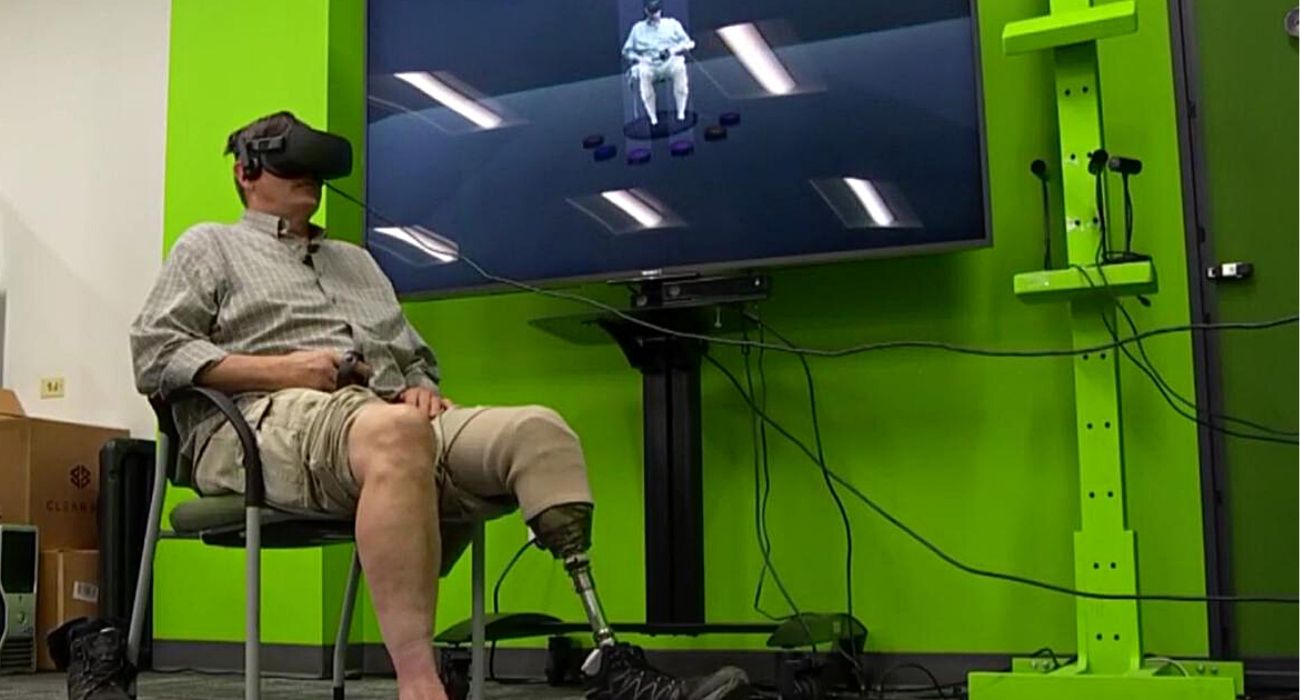Researchers at the University of Texas Dallas and others worldwide are working on a new method for helping patients cope with symptoms after losing a limb.
Virtual reality therapy is proving to be another option for those suffering from phantom limb syndrome, a common disorder that causes amputees to feel sensations in place of a missing limb that affects approximately 80–100% of amputees.
In the past, mirror therapy was one of the most used therapies for patients with phantom limb syndrome. A mirror would be placed at an angle in front of the patient, creating the illusion that the patient has both arms or legs.
By completing exercises in front of the mirror, the brain was tricked into thinking the limb was still present, thus relieving some of the pain. The method worked because it replaced the nerve input loss that researchers learned is to blame for the odd symptoms.
Virtual reality can be a similarly effective tool.
“Mirror therapy has some limitations because you have to physically sit down in front of a mirror, do the same movement in a confined space with both hands at the same time, and keep your eyes on the mirror,” explained Bo Geng, who collaborated with doctors to pioneer VR therapy at Aalborg University. “The illusion can easily be broken.”
Patients wear a pair of VR goggles and gloves, and several stimulating nodes are placed on the residual area of the missing limb. While the patient is walked through a series of activities wearing the goggles, the 3D world and nerve stimulation make it feel like the limb is still present.
Navy veteran Frederick Dean Peterson is participating in the University of Texas’ first trials with the technology.
“When your tricking [the brain] into believing it’s actually there, it calms the nerves down,” Peterson explained while going through his VR exercises.
Participants in the study are also free to complete training with the systems at home, for the therapy can be done anywhere.






